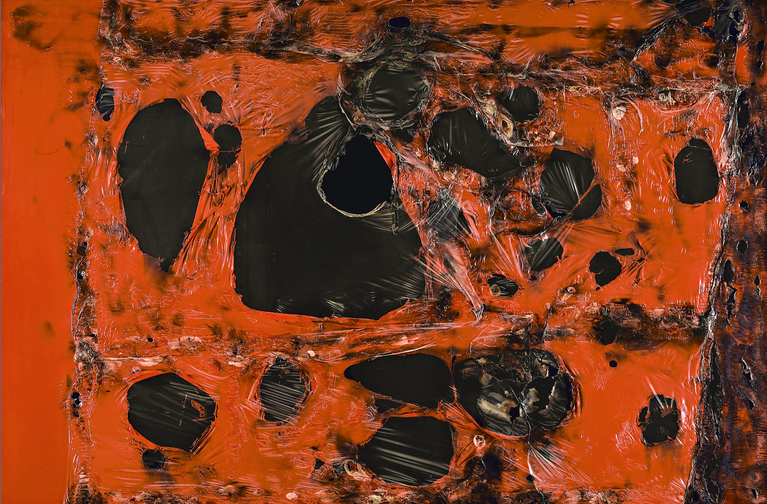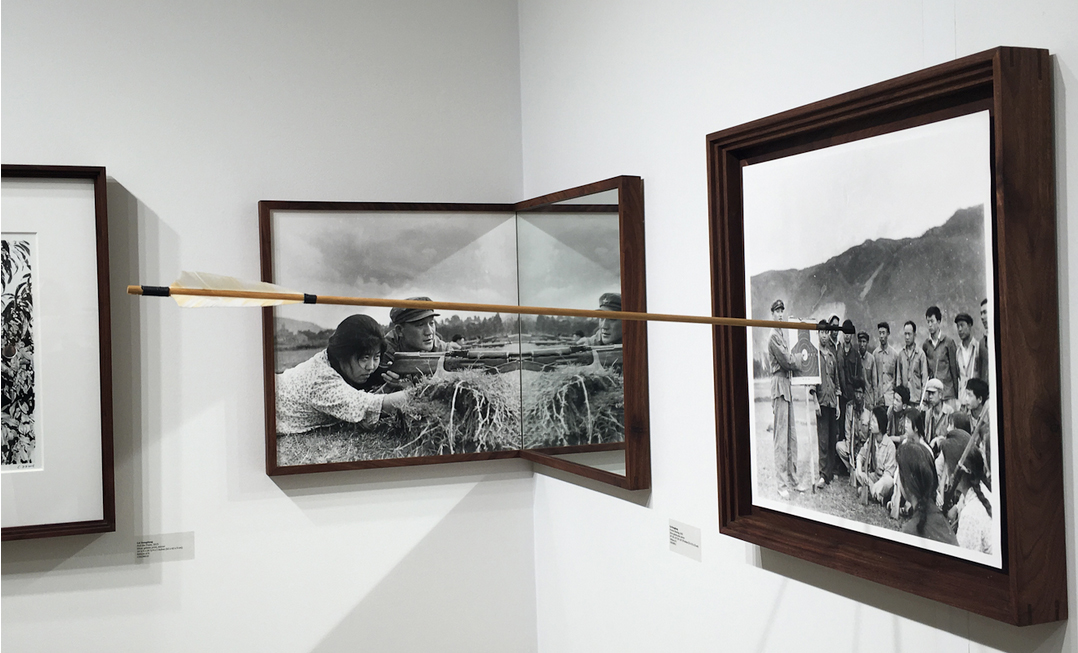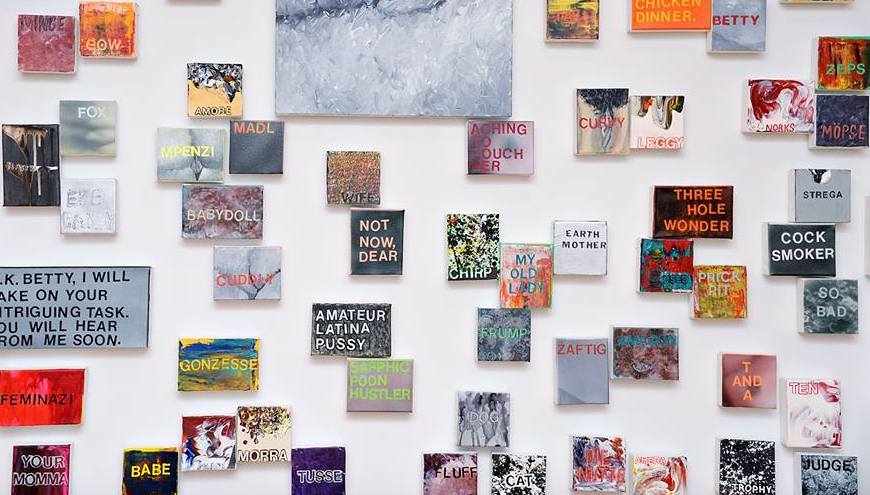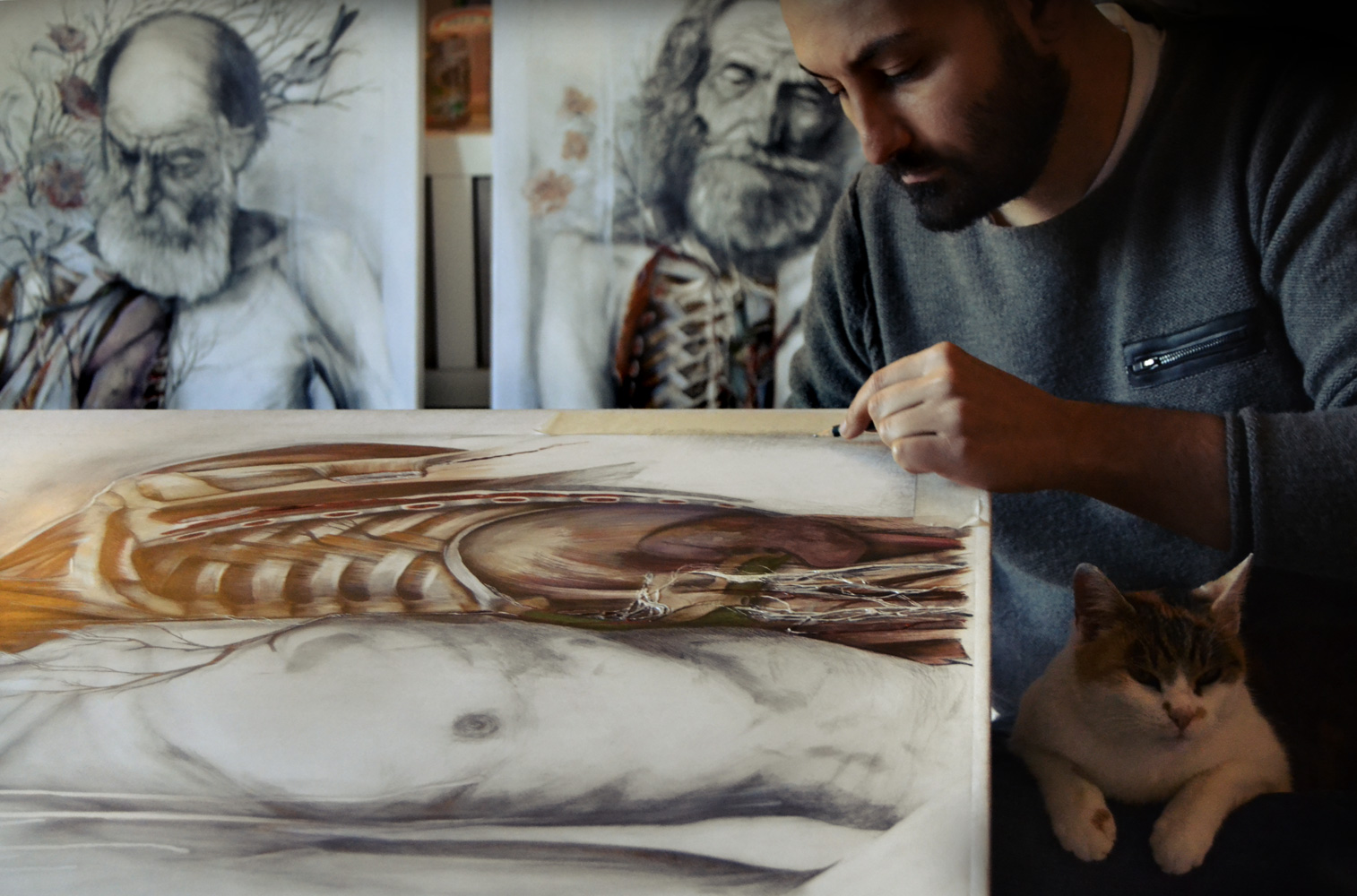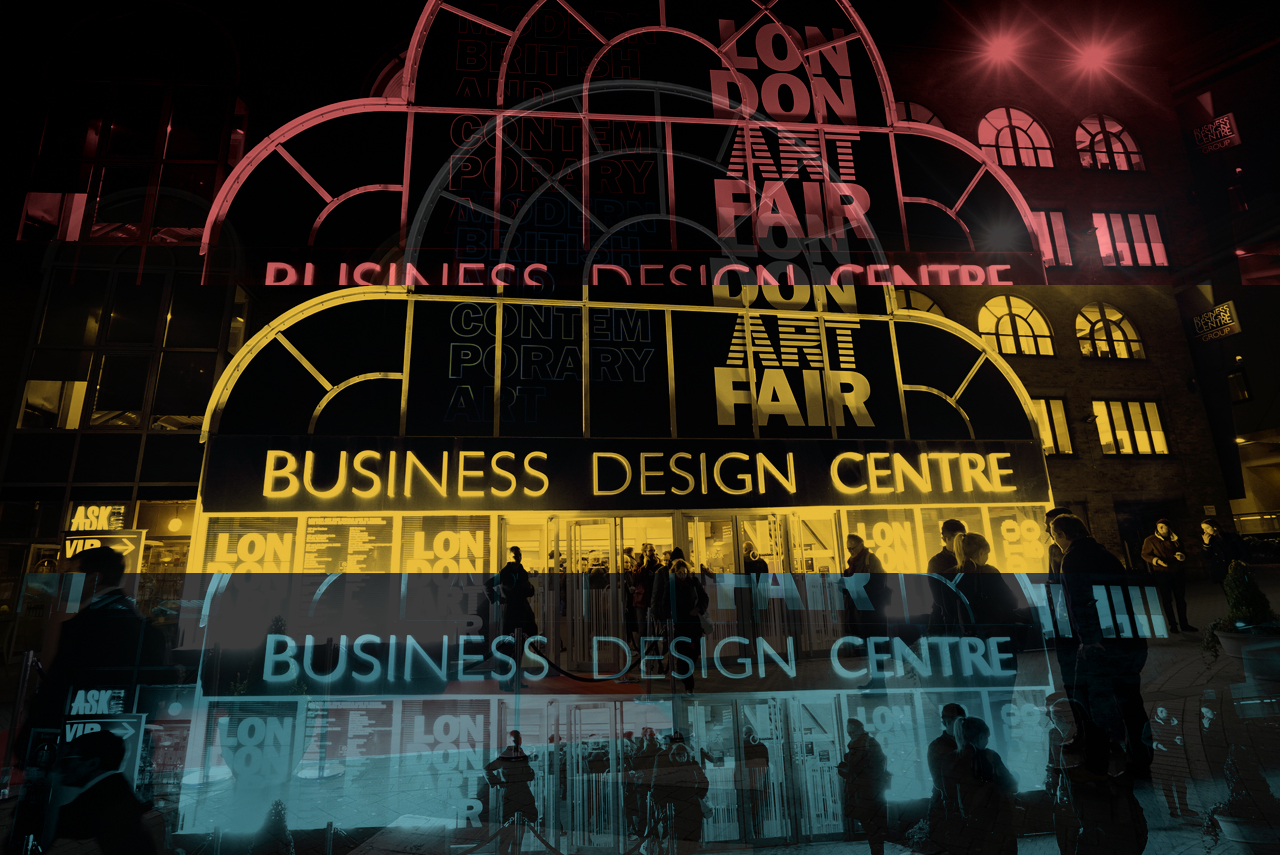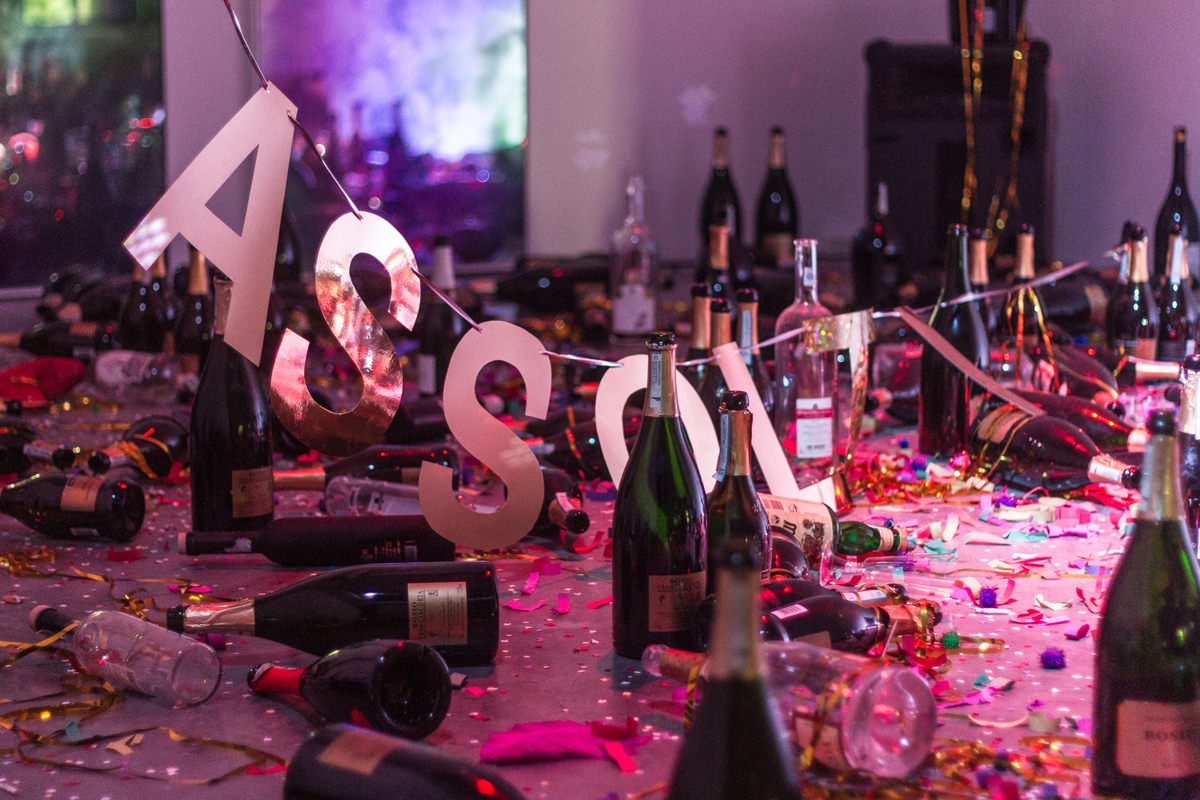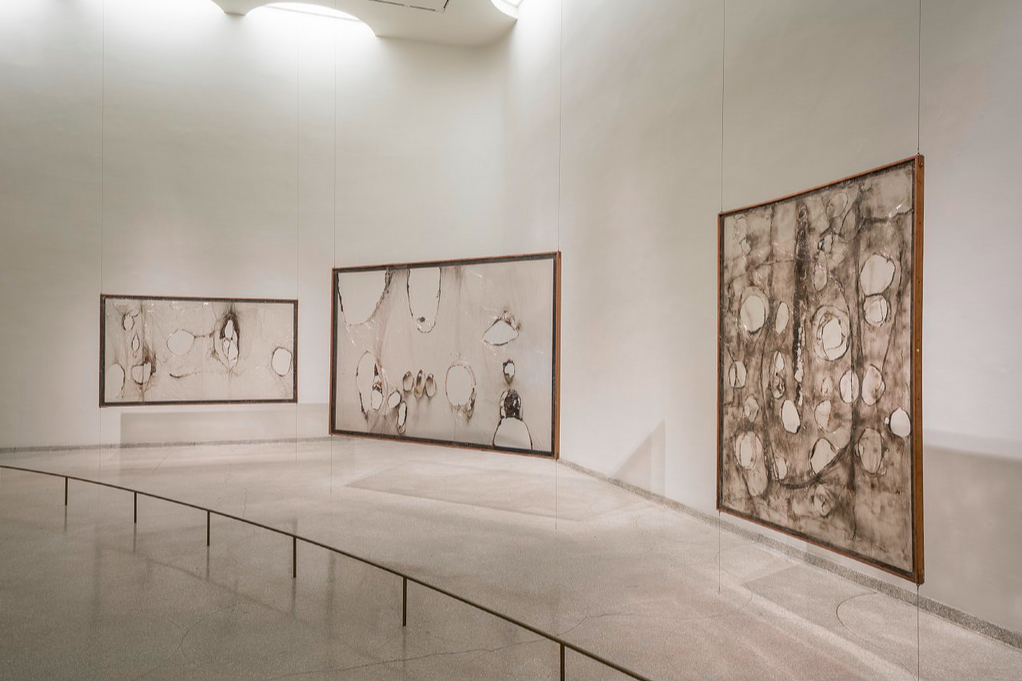
With the Italian government and economy stabilizing, there has been a recent increase in Italian art buyers. All eyes were on Sotheby’s 20th century Italian sale this month, where the auction house sold works totaling over $62 million. The artist and creator behind spatialism, Lucio Fontana, was at the forefront of the sale, whose 10 works counted for over $36 million of the auction sales. However, the deceased Italian Post-War artist, Alberto Burri caught our eye – and he appears to be the rising man of the hour.
Okay, so technically Burri has been popular for some while now, influencing contemporaries like Twombly and Rauschenberg. His works date back to the early 1950s, post-World War II when he transitioned from surgeon to soldier to painter. Burri’s work represents raw emotions and themes surrounding hardship from the war. There have been theories that Burri was an Anti-American as a result from his time spent as a Prisoner-of-War at an Axis POW camp in Texas during WWII. However, many art historians and critics have found that his abstract Cellotex works and monochrome paintings represent his disappointment in Fascism, in turn revealing the tragic realities surrounding the war.
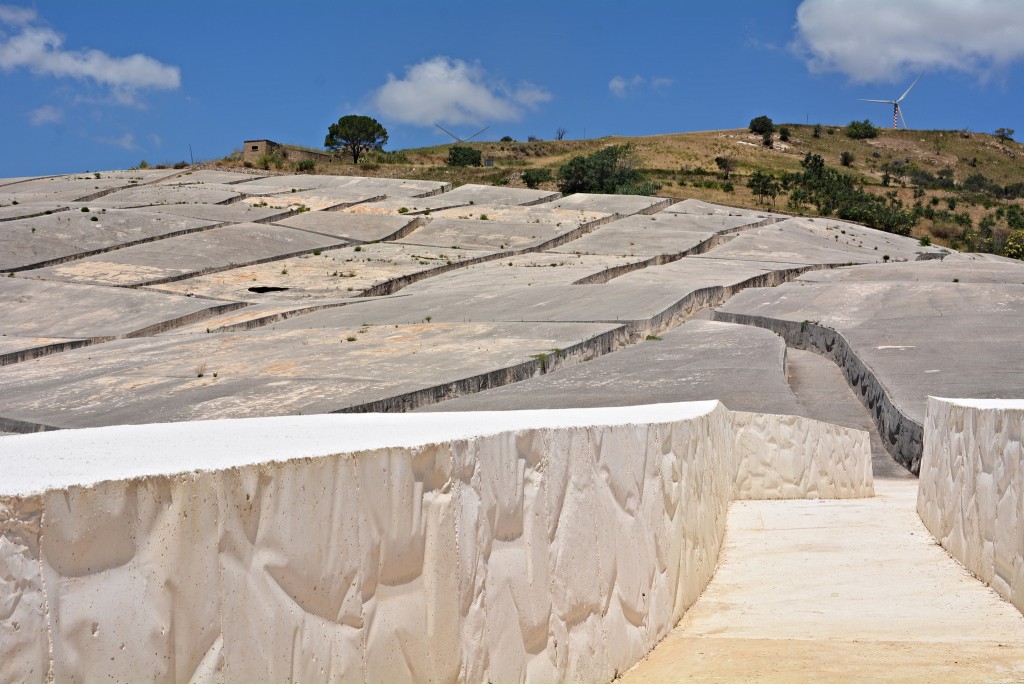
Burri has followed similar deeply melancholic patterns in his other works of art – most recently the Grande Cretto. The colossal land art project in Gibellina, Sicily is actually a public memorial that Burri started developing in 1985. Dedicated to the city of Gibellina that was demolished by a catastrophic earthquake in 1968, the memorial – which takes up a little under 2 acres of Sicilian soil, is entirely made up of constructed concrete. The work stalled when Cretto died in 1995, but finally, 30 years later, the masterpiece is completed and opened for public viewing earlier this month. Coinciding with the release the new installation site hosted a series of events, one of them being “Cretto Earth Fest”.
Although those that resided in Gibellina pre-earthquake have moved on and relocated to New Gibellina, their presence still resonates within the organic, white concrete walls that Burri erected to symbolize a city that will never be forgotten.
Coincidently, the Guggenheim Museum in New York is currently featuring a Burri retrospective titled, Alberto Burri: The Trauma of Painting. So, even though Fontana’s art works reached 8-digits in the latest sale, Burri’s oeuvre is slowly reaching, if not surpassing the other players in the Post-War Italian era.
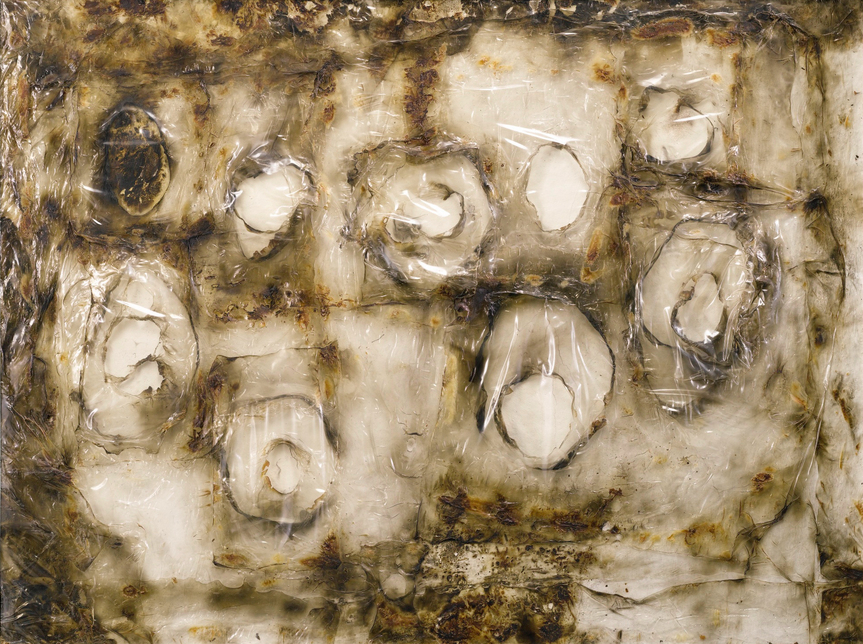
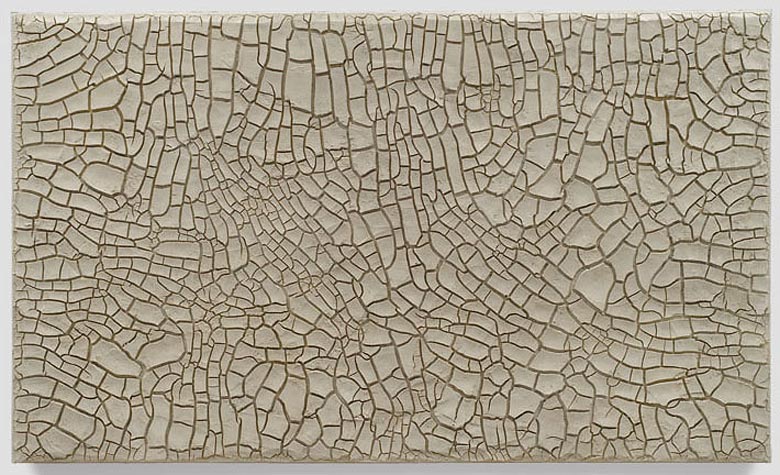
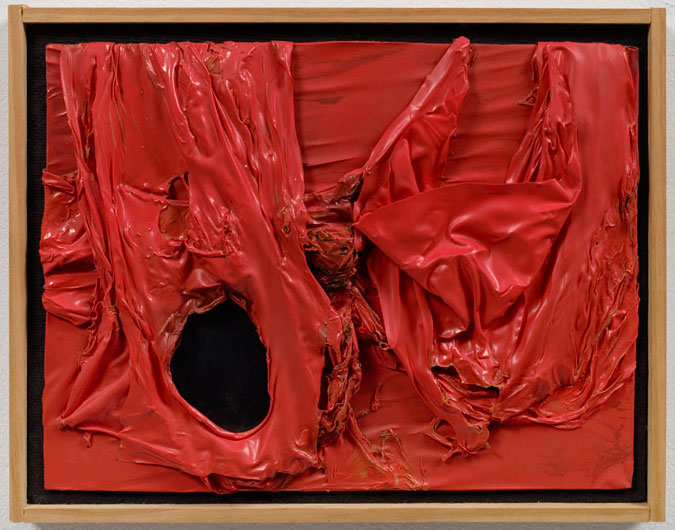
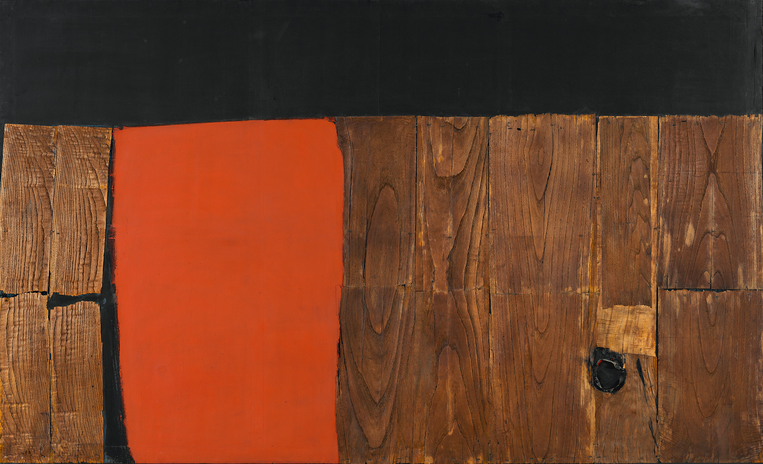
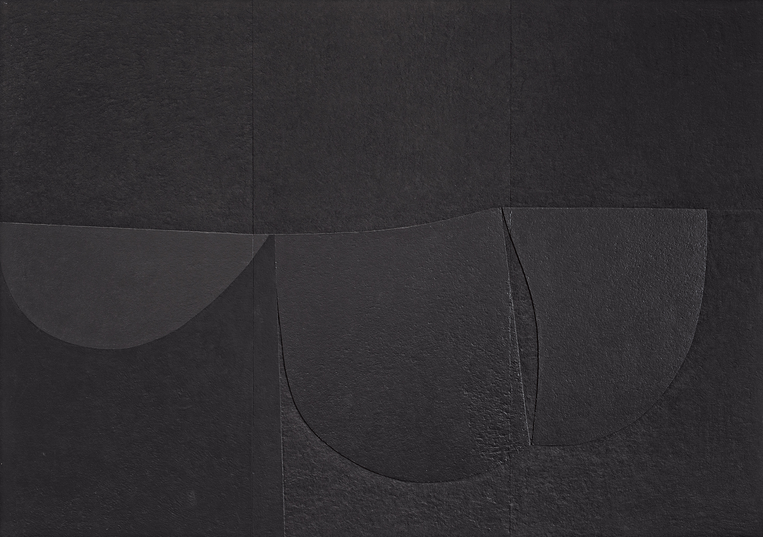
Alberto Burri: The Trauma of Painting will be on view at the Guggenheim Museum through January 2016. Click here to watch a video and learn more about the artist.
Like this article on Post-War Artists? Check out our interview with Neo-Expressionist painter, Michael Hafftka, or other artist interviews.


